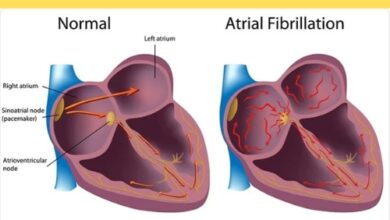Root Canal and the importance of X-Ray

What is a root canal?
A root canal treatment is a dental procedure that is used to treat infection at the center (pulp) of a tooth. Although it may feel quite painful, it can save a tooth that might otherwise have to be removed completely. Often referred to as ‘endodontic therapy,’ it is used to remove nerves from the pulp of the infected tooth. Even though it may seem expensive, it is more economical than having a tooth removed and replaced with a crown or bridge.
What are the signs and symptoms of a root canal?
The root canal treatment is a grave matter: you don’t want to mistake it for something else, thus either resulting in getting it when you didn’t need it, or getting it too late.
Here are some of the signs and symptoms that will help you identify if you need it or not:
- Extreme difficulty in chewing and eating.
- Abscess forming or pus coming out of the gums next to the tooth that is infected
- Heightened sensitivity to hot and cold foods and beverages.
- Severe soreness and pain specific to the infected tooth
Why is an X-ray needed in this procedure?
X-rays help find the specific places of tooth infection. It can aid your dentist to diagnose problems in your teeth and jaws. They are exceedingly useful in cautiously identifying the problematic tooth and see how far the infection has reached. It can:
- Identify changes in the bone or root canal due to the infection
- Accurately locate the sources of abscesses and pus
- Accurately find how much of the mouth has been infected
- Find any other factors or results linked to the infection
A panoramic X-ray is used to give the dentist a clear picture of the teeth, jaw, and sinus cavities. They are meant to show bone abnormalities, fractures, cysts, and impacted teeth. This X-ray also deals with tooth infections, and tumors. This type of X-ray will help the dentist create a treatment plan if you have missing or crooked teeth.
What happens after the X-rays are taken?
The X-rays are followed by the dentist creating a plan for your root canal treatment. The plan commonly consists of three major stages:
Stage 1 – Extirpation: The rubber dam and clamp are placed. Small files are used to perform an initial clean of root canal to remove nerve, control the infection, and medicate tooth. It can take 20-45minutes, mainly contingent on the level of complication of the tooth.
Stage 2 – Instrumentation: Rubber dam and clamp are placed again. Detailed clean of root canal is done to ensure that bacteria is controlled and the tooth is pain free. It can take about 30-60 minutes, depending again, on the complexity of the tooth
Stage 3 – Obturation: This is performed when the tooth is completely pain free. The root canals are filled with a special material to seal it up, which ends the root canal treatment. It can take about 30-60 minutes as well.
What happens if you don’t treat it in time?
The longer you wait, the more likely it is that the infection can spread to other areas, such as the jawbone, neck, and beyond. In very rare cases, it can also make its way to the bloodstream, heart, or brain, which can be life-threatening. An untreated tooth infection can eventually lead to septicemia. If waited too long, Ludwig’s angina and Meningitis soon follow pursuit.
For this reason, it’s important to seek medical attention as soon as you experience any of the symptoms of a tooth infection, and especially important to see a dentist for regular preventative care.




